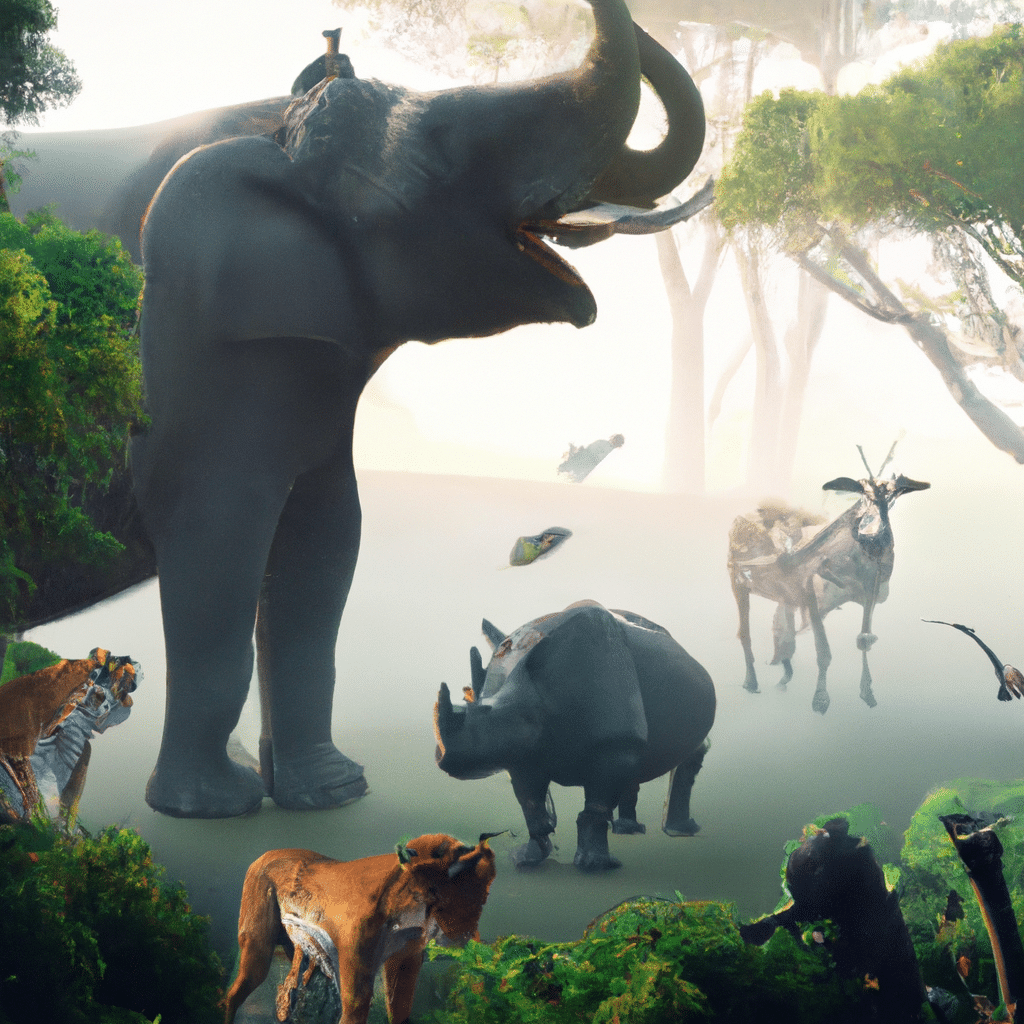The Potential of AI in Wildlife Conservation
Wildlife conservation is a crucial aspect of protecting the earth’s biodiversity. Unfortunately, many wild animal species are under threat from various factors such as habitat loss, climate change, and poaching, among other things. However, with the help of technology such as artificial intelligence (AI), we can improve our conservation efforts and ultimately save species from extinction. In this article, we will explore the potential of AI in wildlife conservation.

Introduction to AI in Wildlife Conservation
AI is a technology that enables machines to learn from experience and perform tasks that typically require human intelligence, such as visual perception, speech recognition, decision-making, and language translation. In wildlife conservation, AI can be used in various applications such as monitoring, identification, and prediction.
Monitoring Wildlife Populations
One of the significant challenges in wildlife conservation is monitoring populations in remote and hard-to-reach areas. AI can be used to analyze satellite imagery and identify changes in vegetation patterns, which can indicate wildlife presence. Furthermore, AI-powered drones can be used to survey wildlife populations and monitor their movements without disturbing them.
Identification of Endangered Species
AI technology can help identify endangered species by analyzing images and sounds. For example, image recognition algorithms can be used to identify specific animal species in camera trap photos. Additionally, AI-powered audio sensors can identify endangered species by analyzing their vocalizations, which can help wildlife conservationists monitor populations more accurately.
Prediction of Illegal Wildlife Poaching
Illegal wildlife poaching is a significant threat to many endangered species. AI can help predict where poaching is likely to occur by analyzing data such as animal migration patterns and poaching hotspots. This information can then be used to focus conservation efforts and reduce the risk of poaching.
Conclusion
AI has enormous potential in wildlife conservation. From monitoring wildlife populations to identifying endangered species and predicting illegal poaching, AI can help us protect our planet’s biodiversity. However, it is essential to remember that AI is not a magic solution to all wildlife conservation problems. It must be used in conjunction with other conservation efforts and strategies to ensure that we protect our planet’s wildlife for future generations.












